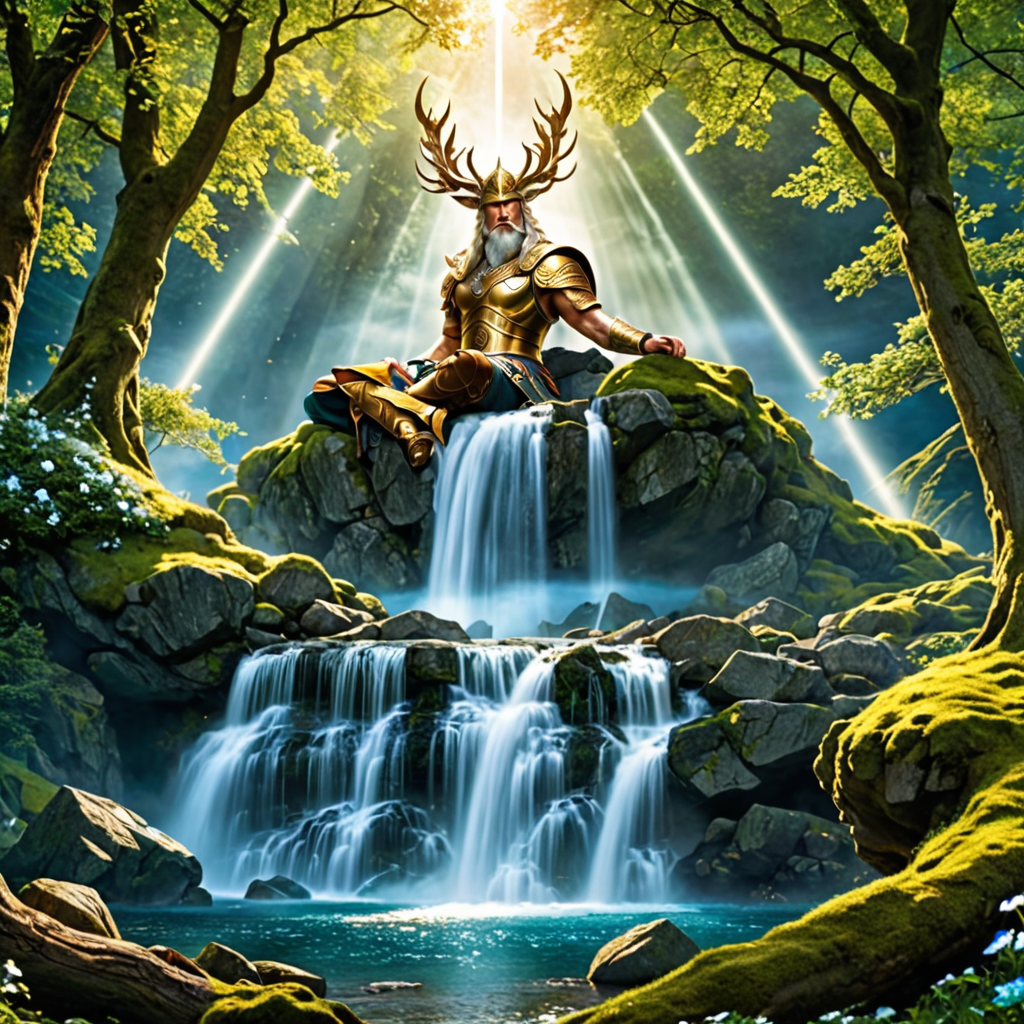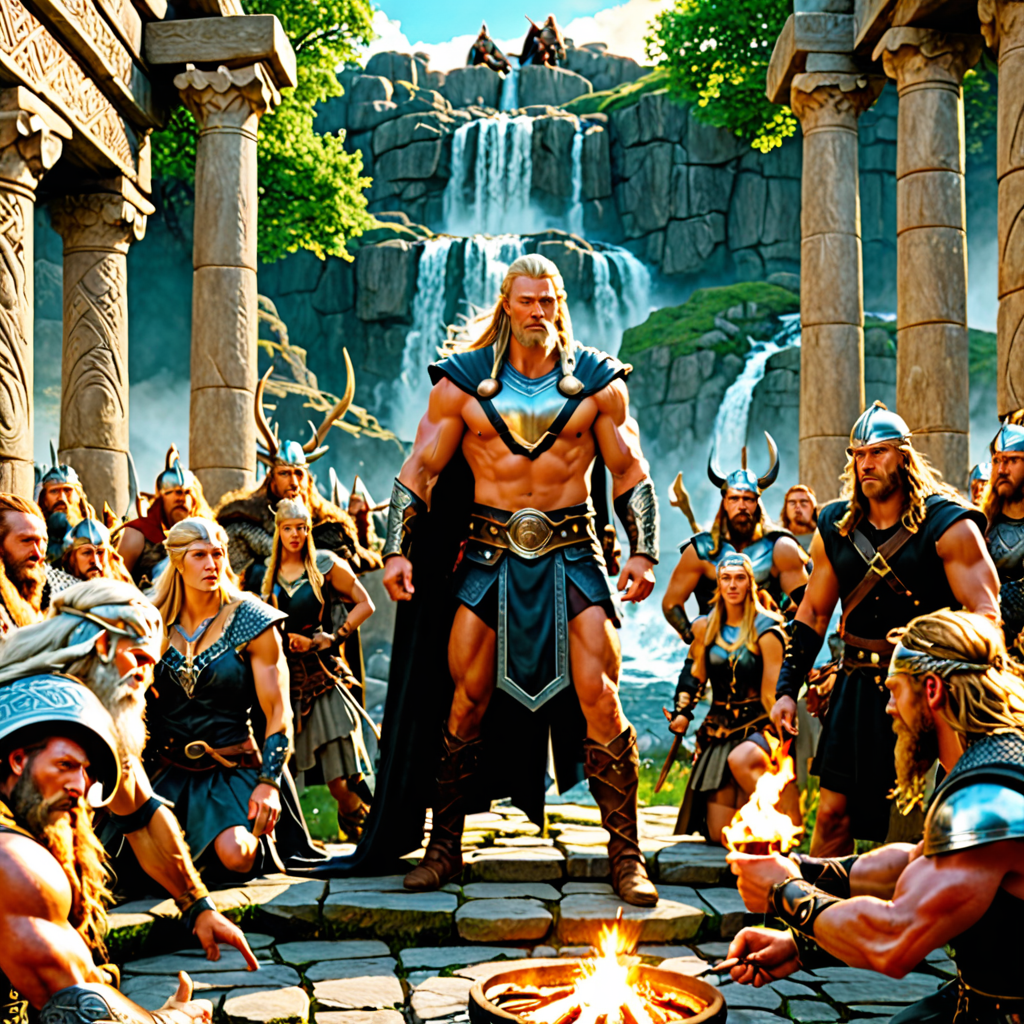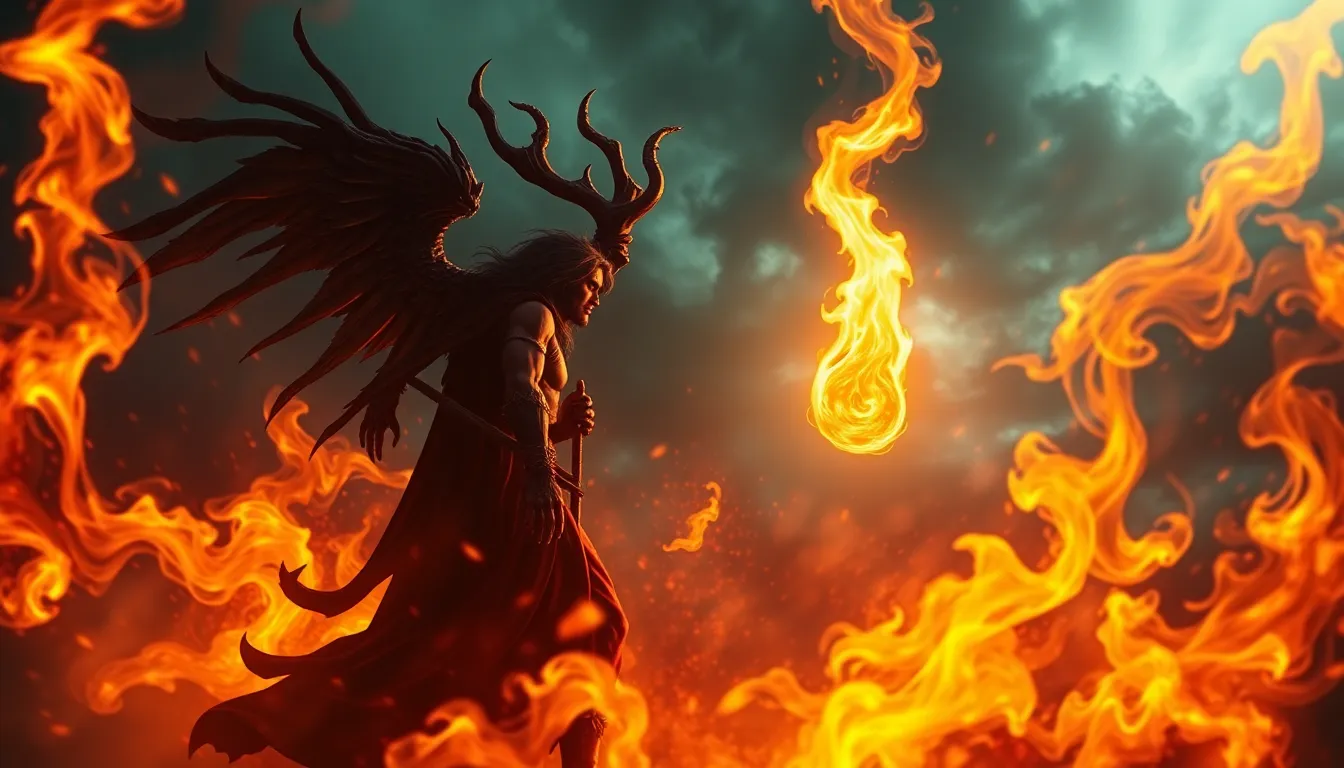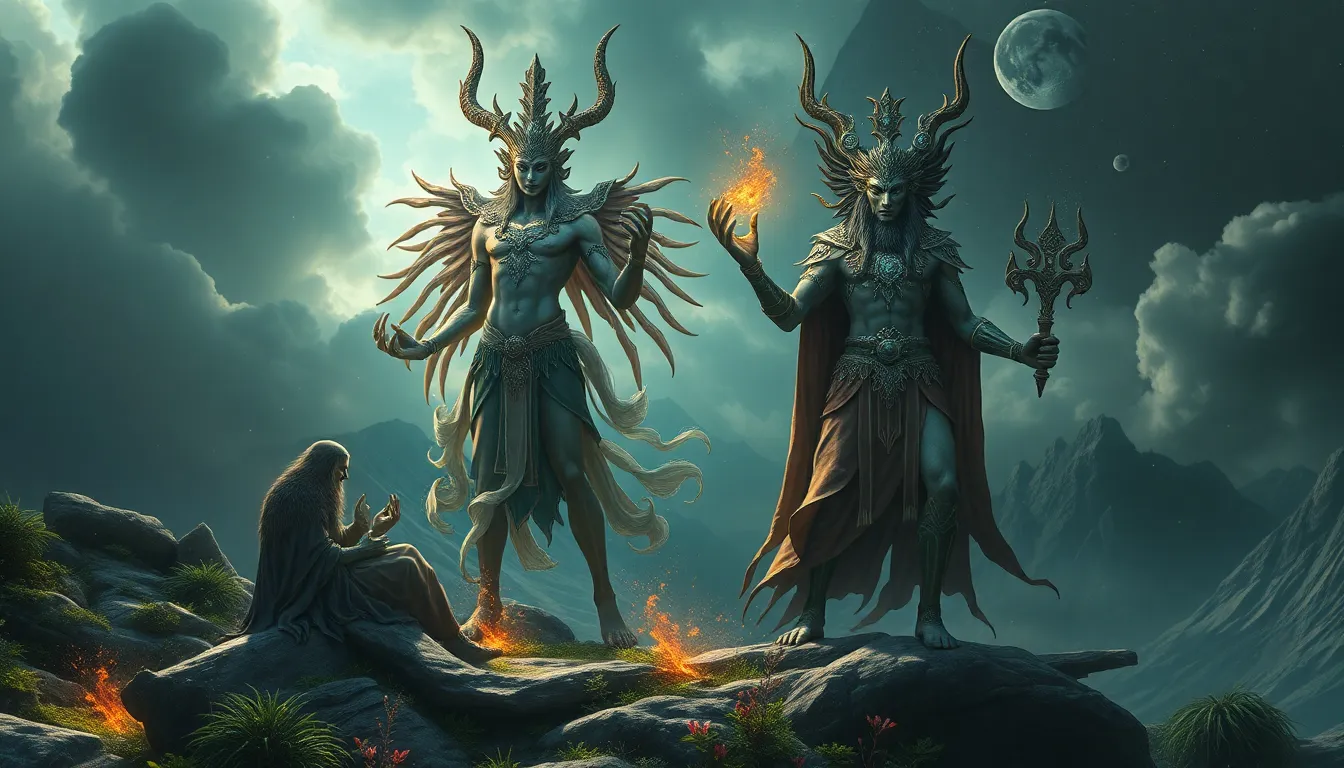The Symbolism of Dreams and Visions in Norse Mythology
Dreams and visions held significant importance in Norse mythology, offering glimpses into the future, messages from the gods, and symbolic insights. Let’s explore the intriguing world of Norse dreams and visions and unravel their deeper meanings.
Interpretation of Dreams and Visions in Norse Mythology
In Norse mythology, dreams and visions were believed to be portals to other realms, allowing mortals to communicate with divine beings such as Odin, the All-Father, and the goddesses. These dream encounters often carried symbolic messages, serving as warnings or prophecies of events to come.
Symbolism in Norse Dreams
When analyzing dreams in Norse mythology, certain symbols hold specific meanings. For instance, dreams featuring ravens, often associated with Odin, could signify wisdom or impending transformation. Likewise, serpents appearing in dreams might symbolize regeneration or the cyclical nature of life and death.
Vision Quests and Prophecies
Norse mythology also depicts vision quests undertaken by brave warriors seeking divine guidance or insights into their destinies. These visions, induced through rituals or exposure to the elements, were believed to grant individuals visions of their future conquests or heroic feats.
By delving into the symbolism of dreams and visions in Norse mythology, we gain valuable insights into the spiritual beliefs and cultural significance attached to these mystical experiences. The rich tapestry of symbols and metaphors woven into such narratives adds depth and mystery to the colorful world of Norse mythos.
In Conclusion
Exploring the symbolism of dreams and visions in Norse mythology unveils a realm where mortal and divine intersect, shaping destinies and transmitting profound wisdom. These ethereal messages, whether conveyed through dreams, visions, or prophecies, offer a glimpse into a world where the threads of fate are intricately woven by the unseen hands of the gods.
FAQ: Dreams and Visions in Norse Mythology
What role do dreams and visions play in Norse Mythology?
Dreams and visions hold significant symbolism in Norse Mythology. They often serve as important means of communication between gods, goddesses, and mortals, providing guidance, prophecies, and insights into the future.
Can you provide examples of dreams and visions in Norse Mythology?
Certainly! One famous example is Odin, the Allfather, who sacrificed one of his eyes in exchange for wisdom and foresight. He often sought knowledge through dreams and visions, such as the runes he discovered after a self-imposed ordeal.
How do dreams and visions impact the narrative of Norse myths?
Dreams and visions frequently shape the destinies of characters in Norse mythology. Prophecies foretold in dreams, like the ones involving the twilight of the gods (Ragnarok), influence the actions taken by gods, giants, and humans, driving the narrative towards its inevitable conclusion.
Are dreams and visions considered reliable sources of information in Norse Mythology?
In Norse Mythology, dreams and visions are generally regarded as potent messages from the spiritual realm. While they may be cryptic or open to interpretation, they are often seen as reliable sources of guidance and warnings, prompting individuals to make crucial decisions.



